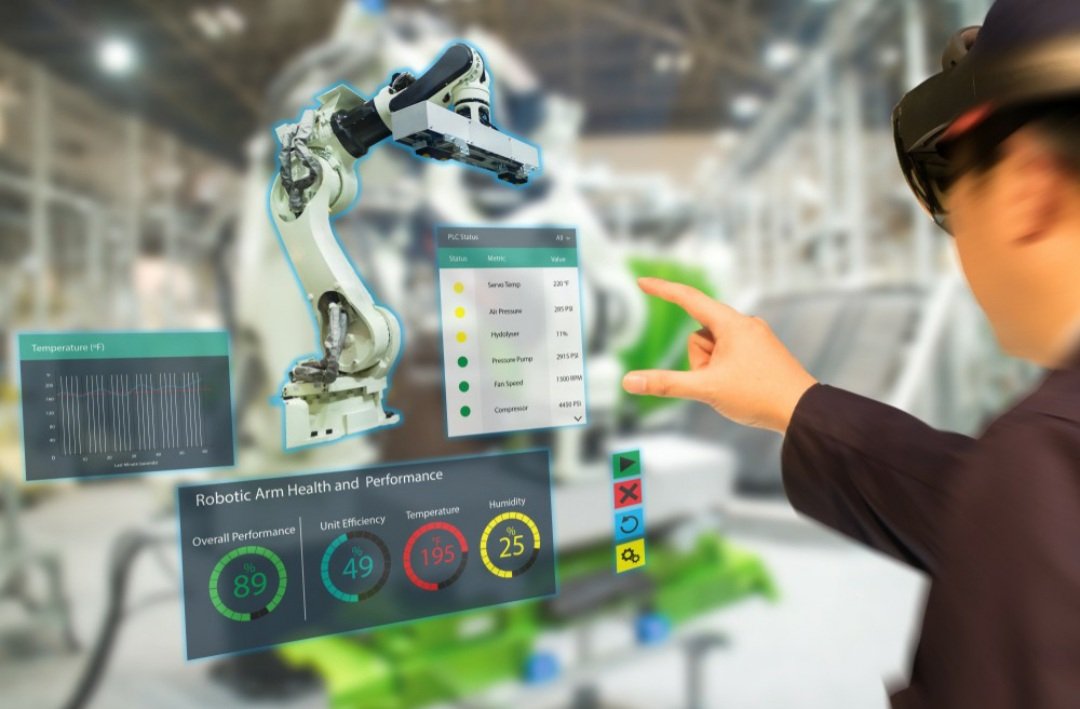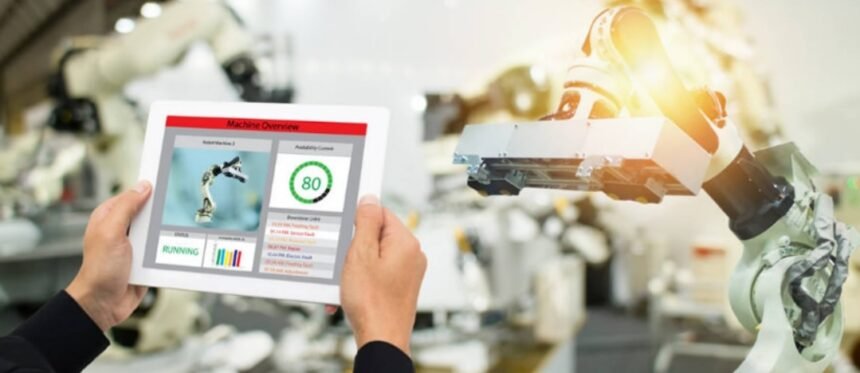The robotics business is changing significantly thanks to augmented robots and robots controlled by virtual reality. Engineers may push the limits of technology and science, as well as healthcare and exploration, by combining AR, VR and robots.
There are several ways to combine these three technologies, but just a few applications stand out at the moment. They highlight some of the main advantages of combining robots, augmented reality, and virtual reality.
1. Training of both humans and robots
Robotics, augmented reality, and virtual reality are all helpful training tools. Combining them makes learning across all fields of study more natural, engaging, and secure. Even robots train themselves via AR and VR. Engineers and organisations all across the world are applying these technologies in a variety of ways.
The ideal military training instrument, for instance is virtual reality. Without the threat of doing or facing actual harm, people may learn in an intensive, practical environment. In the military, which is substantially riskier than most other vocations, this is absolutely vital.
One can couple VR and robots to bring these technologically oriented training programmes to a new level.
Incorporating human instincts and actual flying expertise with the security and disposable nature of drones, pilots could utilise virtual reality to remotely control robotic drones. Pilot training programmes could make use of the same set of technologies.

Developing and training smarter robots is another benefit of AR and VR. To train AI models for robots to recognise objects and operate grippers, researchers have used virtual environments.
2. Ensuring Users Safety
The use of AR, VR, and robots in many contexts is derived more and more frequently by concerns about safety. These technologies generally reduce the risk of harmful tasks and make it safer and easier to operate diverse devices.
Robotics researchers use this mix technology in one of the riskiest jobs: bomb defusal. To reduce the risk they confront while working, professional bomb defusers undergo considerable specialised training, but even the smallest error could be fatal. Robots controlled by VR eliminate this risk by fusing human expertise with nimble robotic precision.
VR and AR can also increase the safety of robots. For instance, they might be evaluated for performance and toughness in adverse conditions using VR simulators. This could make things like structural flaws or corrosion hazards more apparent.

3. Enhancing medical care
In some regions of the world, access to medical treatment is not good. Sadly, a lot of individuals pass away because they are unable to receive the required surgery or care. Studies suggest that by enhancing access to high-quality medical care, we can avoid 8.6 million fatalities annually. Robots operated by VR technology might be able to help.
Due to the extensive education and training needed to pursue these career paths, finding surgeons, particularly specialists, can be challenging. A robot is significantly simpler to obtain. Hospitals might be furnished with augmented robots that do operations with the assistance of a surgeon located halfway across the world, all while using virtual reality. A combination of VR and robots may one day save lives, but much one requires detailed research to make this a reality.
For more such updates keep reading on techinnews.com



